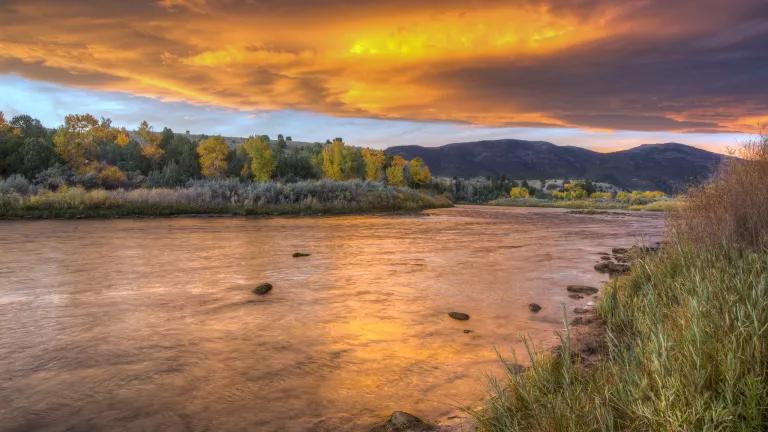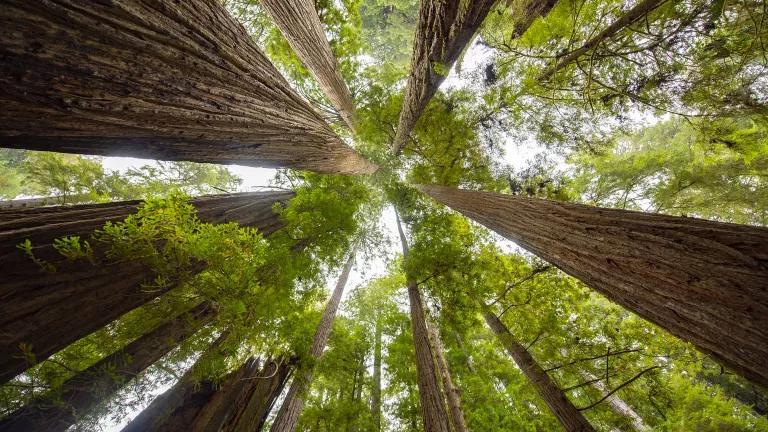Our Public Lands—Source of Solace & Solutions
America’s public lands can be a source of solace to our souls and of solutions to some of our most pressing problems. On this year’s National Public Lands Day, let us commit to pursuing both.

Black Mountain, WY Source: Sharon Buccino
I stand atop Black Mountain. The rugged, empty slopes of Wyoming’s Laramie Mountains fill the horizon. The view fills my soul.
I’ve hiked to one of the few working fire lookouts in the country. My husband has joined me. Like me, he loves being out in the open, surrounded by the beauty and richness of the Medicine Bow National Forest.
There is no fire in Medicine Bow today, but there is plenty of smoke. It comes from the devastating wildfires burning in California, Oregon and Montana. The smoke reminds us that the status quo is not working for anyone. Warming temperatures and drought have increased the intensity and frequency of forest fires. Changing markets have shuttered coal mines, depressing the communities and workers that have relied upon them. Game and fish are dying, not flourishing.
Yet, though it seems strange to say, I am filled with hope as I celebrate National Public Lands Day. No other country has treasure held in common like America’s public lands. If managed well, these public lands can provide solutions to the crises we face. They can provide solar and wind energy to power our economy. They can provide healthy ecosystems to sustain wildlife and people. They can provide carbon storage to mitigate climate change. They can provide solace to lift weary spirits.
Solutions come from connection. The restoration of Bears Ears National Monument in Utah offers such connection. A restored monument—over 1 million acres—would allow wildlife to connect across space, migrating in search of sustenance. It would allow the indigenous people to whom these lands are sacred (the Hopi Tribe, Navajo, Ute Mountain Ute Tribe, Pueblo of Zuni and Ute Indian Tribe) to connect across time, strengthening their culture and identity. Such restoration would allow people of different backgrounds with different priorities and sources of knowledge to work together to build a prosperous future for all.
Connection requires work. It requires mutual respect. It requires putting aside assumptions to take the time to listen to what others have to say. It requires understanding. As I stood on Black Mountain, I thought of the connections I had made earlier in the week. I invited a guest speaker to the Energy, Environment and Natural Resources practicum class I teach at the University of Wyoming’s College of Law. He came from a law firm that is often on the opposite side of legal issues from me.
The guest attorney explained how a County Natural Resource Plan could help residents identify the natural resources that matter to them and how they want to see those resources used. In Wyoming, like many places in the West, many of these natural resources are on federal land. I got pretty excited. I realized that this was something that I had been looking for—a way to bring people with different interests together to articulate a shared vision for the future they want. The attorney was sharp and articulate. We both recognized that a county plan cannot force federal land managers to take certain actions, but it can steer them to act in ways consistent with local priorities. A County Natural Resource Plan can bring people together, rather than push them apart.
America’s public lands can be a source of solace to our souls and of solutions to some of our most pressing problems. On this year’s National Public Lands Day, let us commit to pursuing both.



